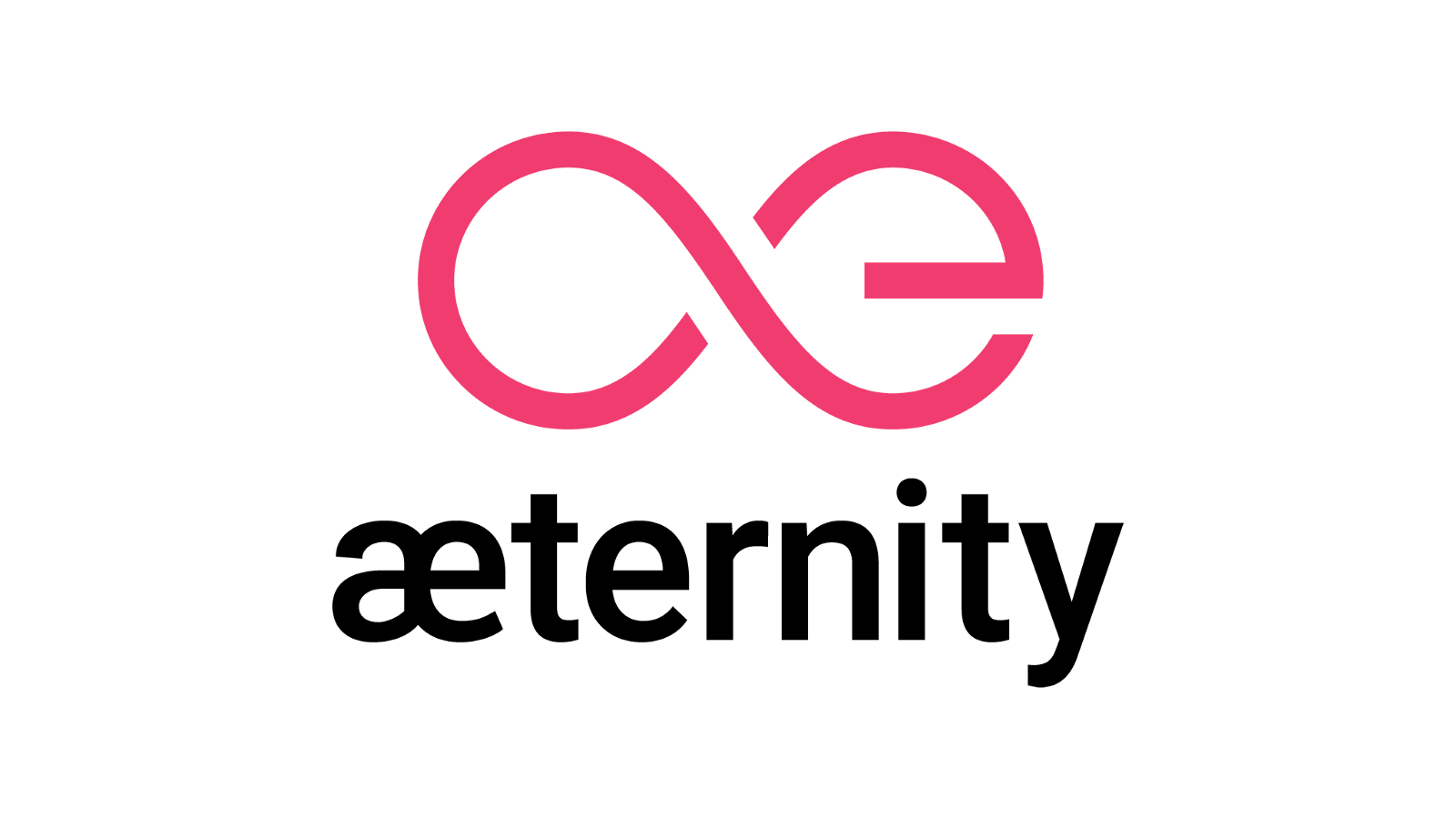Quite a few blockchain-oriented projects focus on smart contract technology. This should not come as much of a surprise these days, considering this technology will automate many aspects of business operations moving forward. Aeternity is doing things a bit differently, as they want to offer scalable smart contracts interfacing with real-world data. Whether or not this new blockchain technology will be a success remains unknown. More competition in this space can only be considered to be a good thing, though.
The end Goal of Aeternity
With so many companies focusing their attention on smart contracts, it is difficult to make a new project stand out from the rest. Aeternity positions itself as a different form of blockchain technology capable of delivering “unmatched efficiency, transparent governance, and global scalability”. All of this will be done by delivering scalable smart contracts capable of interfacing with any type of real-world data. While there is a growing demand for smart contract technology on a global scale, it remains to be seen if Aeternity can make a meaningful impact in this regard.
A Look at the Technical Specifications
On paper, Aeternity is suited for the Internet of Things, fintech, gaming, unbanked individuals, and so forth. All of this sounds very ambitious, but it seems there is sufficient technology in place to make it all happen. First of all, the smart contracts offered by Aeternity only exist inside off-chain state channels. It is still possible to have the code enforced by the Aeternity blockchain if needed. State channels are critical to the success of this particular venture, as they are a trustless solution to exchange value with other parties throughout the world.
Additionally, the project embraces decentralized oracles to connect public real-world data with smart contracts. Aeternity firmly believes oracles are far better than the Turing-complete model. A lot of smart contracts require specific conditions to be met before they can be completed. If there is ever a dispute, an oracle can provide undeniable evidence and execute accordingly. This concept has many use cases, including voting, prices, weather conditions, etc. Since all oracles on Aeternity are decentralized, there is no central point of failure.
On the consensus front, Aeternity uses a hybrid system of both Proof-of-Work and Proof-of-Stake. This allows for a unique form of governance where miners vote and value-holders bet on making Aeternity better and more versatile in the future. Furthermore, the project offers privacy, security, and low costs to its users. All of this is made possible by various technologies, including HTML5, CoffeeScript, Erlang, React, and JS. There is a lot more to Aeternity than meets the eye, which is why the whitepaper is well worth checking out.
The Future of Aeternity Looks Interesting
A lot of hard work related to Aeternity has been completed by the developers in recent months. Even so, there is still plenty of work to be done. The first order of business is completing a security audit of this project’s code, which is scheduled to take place between now and late March. Assuming this audit is successful and positive, the team will launch the Aeternity mainnet in Q2 of 2018. Once that has been completed, we will get a better idea of what this project is capable of and whether or not people are genuinely interested in this technology.

